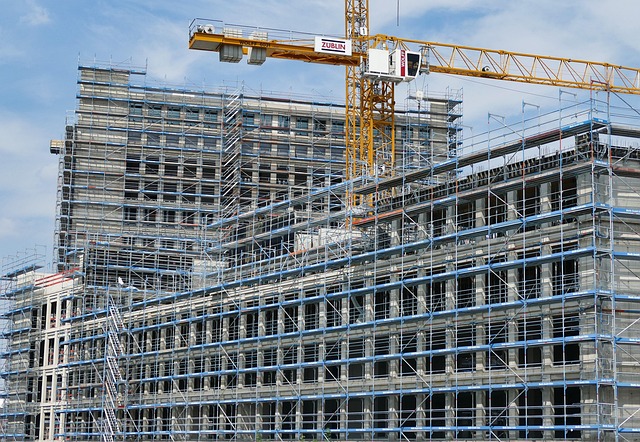Advanced utility detection, leveraging technologies like ground-penetrating radar (GPR) and LiDAR, is transforming project planning by offering unprecedented precision and efficiency. This method provides detailed real-time mapping of underground utilities, minimizing construction disruptions, avoiding costly mistakes, and ensuring worker safety. By adopting best practices including advanced algorithms, satellite imagery, and quality control, project planners can achieve more efficient scheduling, optimized resource allocation, and ultimately successful project completion.
In today’s complex project landscape, precise mapping of utilities is no longer an option but a necessity. Effective project planning demands a deep understanding of underground infrastructure, ensuring safe and efficient construction. This article delves into advanced utility detection, exploring its transformative impact on project outcomes. We’ll dissect the significance of accurate mapping, uncover techniques to enhance utility visibility, and provide best practices for maintaining consistent precision in an essential process that underpins successful project execution.
Understanding Advanced Utility Detection: Unlocking Project Efficiency
Advanced utility detection is a game-changer in project planning, offering unprecedented precision and efficiency. It involves utilizing cutting-edge technologies like ground-penetrating radar (GPR) and electromagnetic location to pinpoint underground utilities with remarkable accuracy. This method revolutionizes traditional mapping practices by providing real-time, detailed data on the location, depth, and type of utilities hidden beneath the surface.
By embracing advanced utility detection, project managers gain valuable insights into their construction or renovation sites. It helps avoid costly mistakes, reduces delays caused by unexpected utility strikes, and ensures safety for workers and nearby properties. This technology is a powerful tool that unlocks more efficient planning, minimizing disruptions and maximizing project success.
The Impact of Accurate Mapping on Project Planning
Accurate mapping is a game-changer in project planning, offering a clear and detailed view of the terrain ahead. It enables stakeholders to make informed decisions by providing precise data on site conditions, infrastructure, and potential challenges. With advanced utility detection, planners can identify underground pipelines, cables, and other critical facilities, minimizing the risk of costly disruptions during construction.
This level of precision allows for more realistic scheduling and resource allocation. By understanding the lay of the land and its underlying utilities, project managers can optimize routes, avoid delays caused by unexpected obstructions, and ensure the safe and efficient execution of the plan. As a result, accurate mapping fosters successful project outcomes, reduces risks, and enhances overall efficiency.
Techniques for Enhancing Utility Visibility and Access
In today’s digital era, advanced utility detection techniques are transforming project planning by enhancing visibility and access to critical infrastructure. Technologies such as ground-penetrating radar (GPR) and LiDAR offer non-invasive methods to map underground utilities, ensuring that construction projects can proceed with minimal disruption. These advanced tools provide detailed, real-time data on the location, depth, and type of utilities, allowing for informed decision-making.
By integrating these technologies into project planning, teams can avoid costly delays and damage caused by accidental utility strikes. Enhanced visibility also fosters collaboration between various stakeholders, including contractors, engineers, and utility companies. This coordinated effort results in more efficient project execution and reduced risk, ultimately contributing to successful project completion.
Best Practices to Ensure Consistent Precision in Mapping Utilities
To ensure consistent precision in mapping utilities, several best practices should be adopted. Firstly, leverage advanced utility detection techniques that employ sophisticated algorithms and satellite imagery to accurately identify and map infrastructure. This includes using machine learning models capable of recognizing subtle patterns and anomalies in data, enhancing overall accuracy.
Secondly, maintain regular updates of mapping databases by integrating real-time data feeds from various sources. This dynamic approach minimizes the risk of outdated information, crucial for effective project planning. Additionally, implementing quality control measures at every stage of the mapping process is essential. This involves rigorous testing and validation to detect and rectify any discrepancies or errors early on, guaranteeing precise and reliable utility maps.
Advanced utility detection techniques offer a powerful tool for enhancing project planning efficiency. By accurately mapping utilities, project managers can significantly reduce delays and costs associated with unexpected infrastructure obstacles. Implementing best practices that prioritize consistent precision in mapping ensures a robust foundation for successful project execution, enabling informed decision-making and streamlined workflows.
